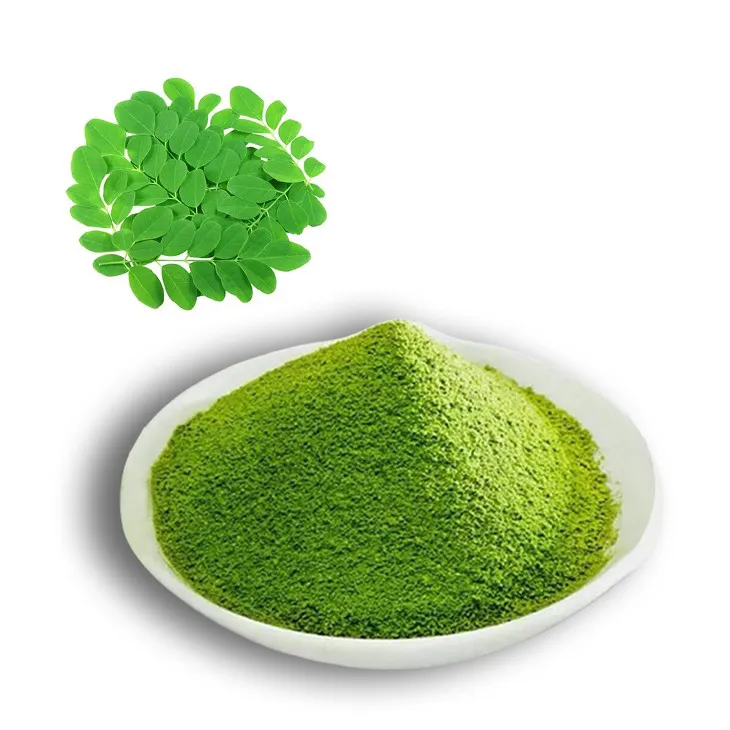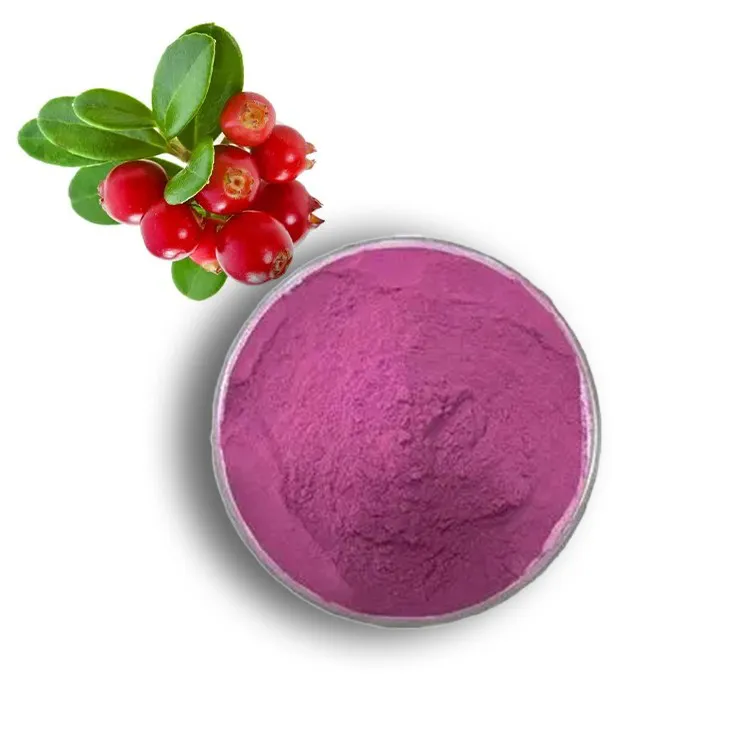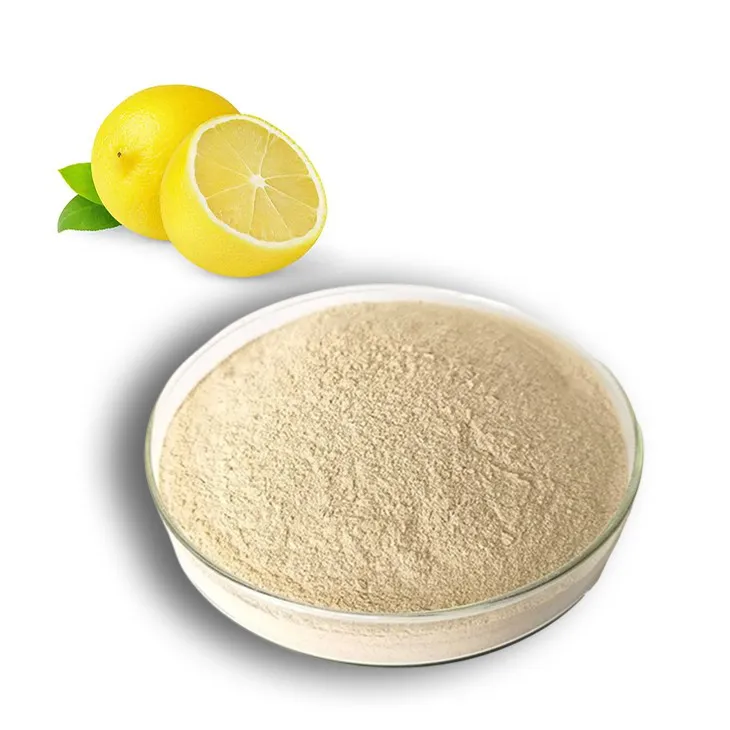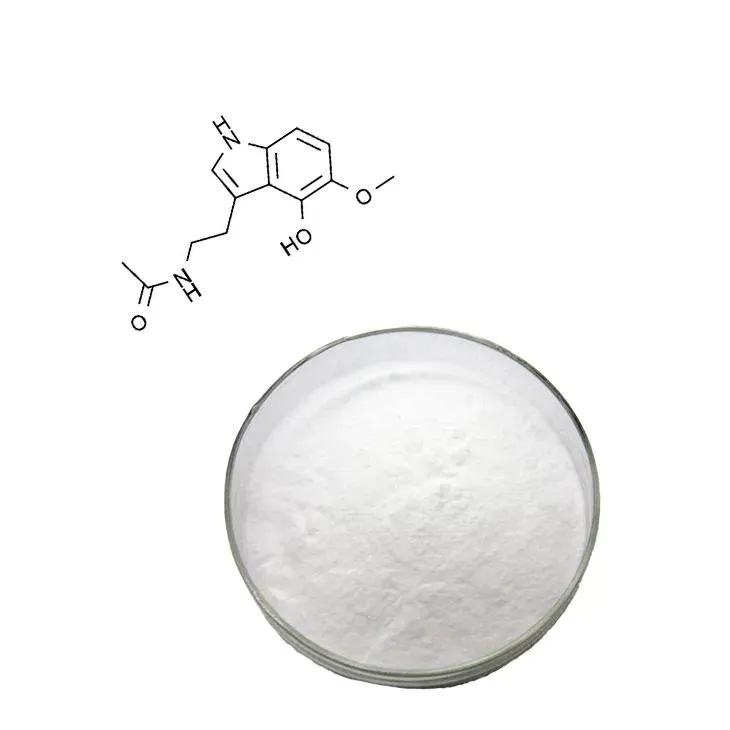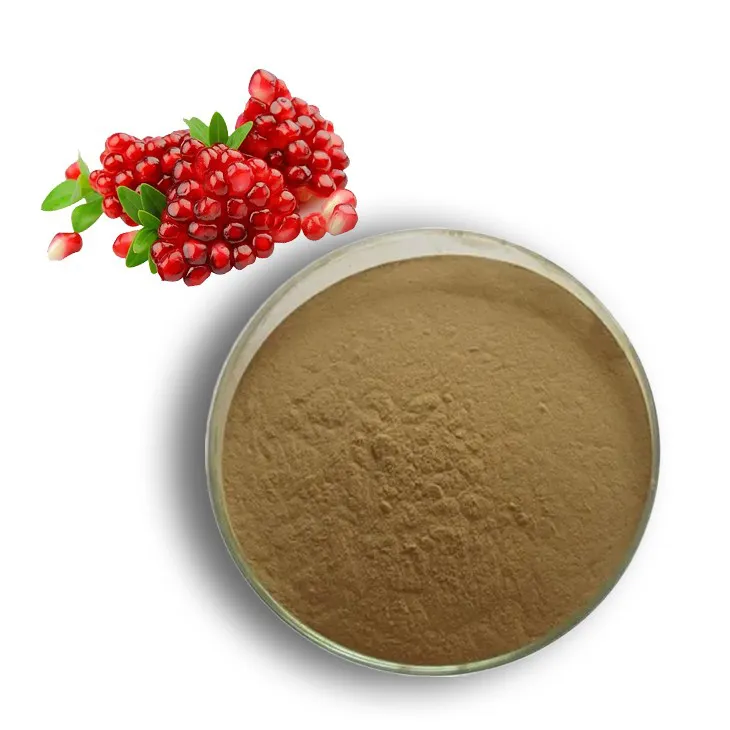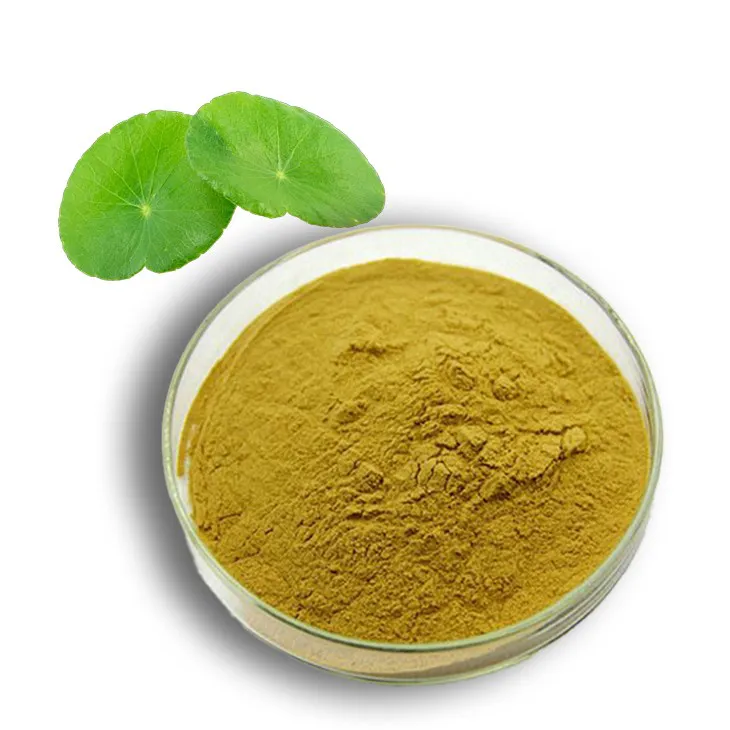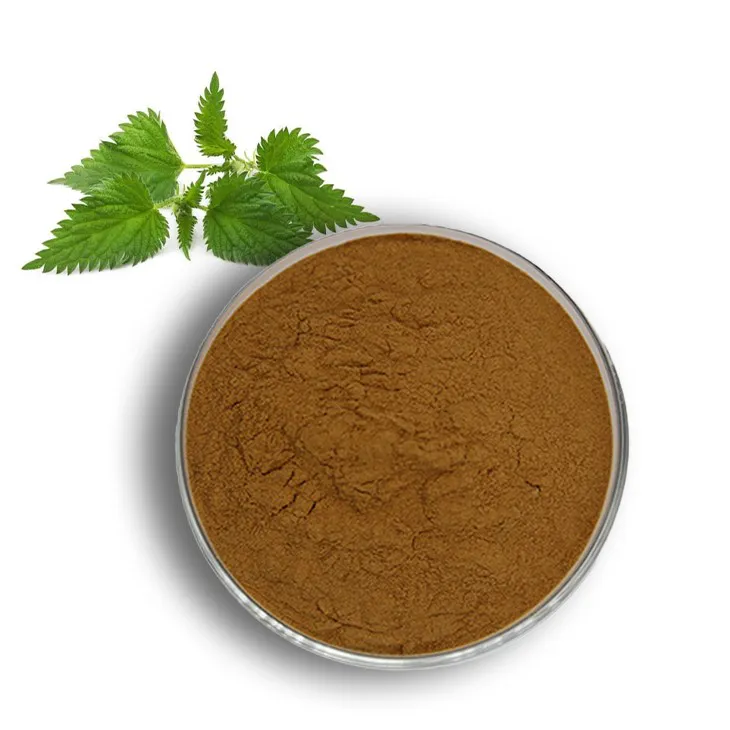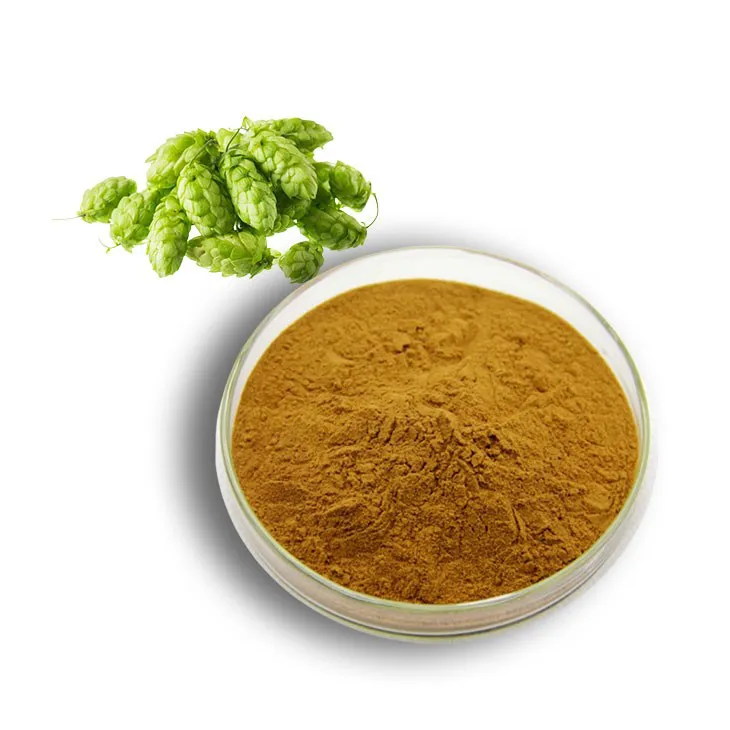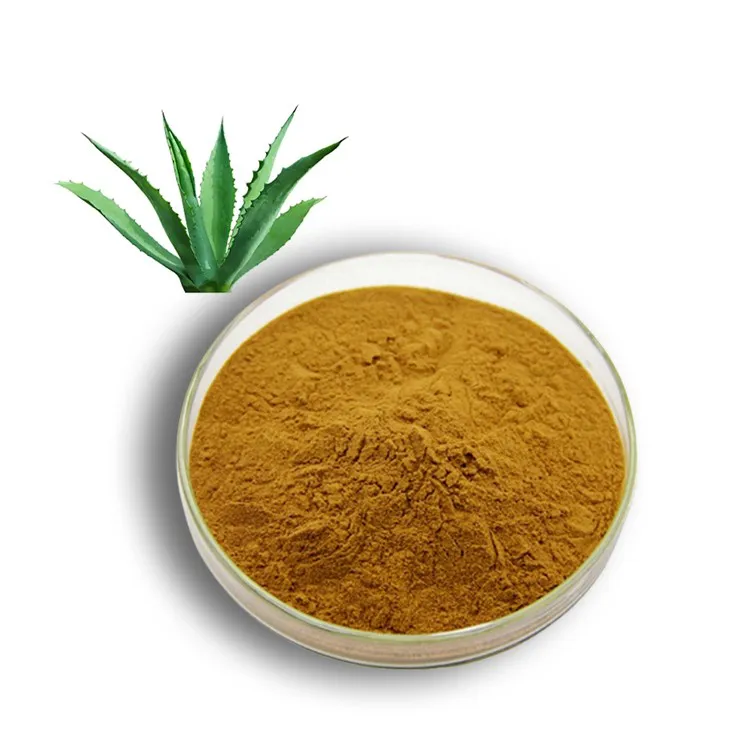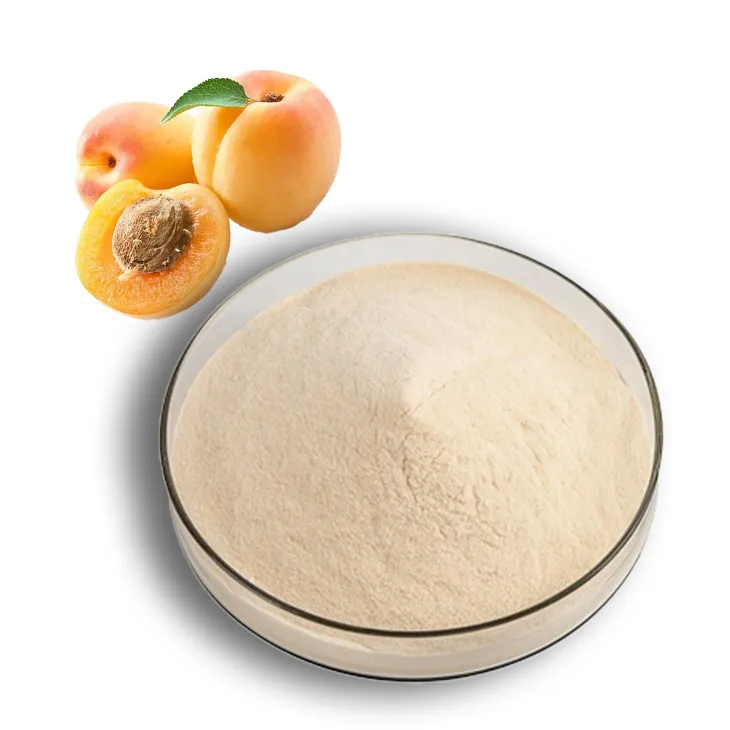- 0086-571-85302990
- sales@greenskybio.com
Cat's claw Offers Hope for Lyme Disease Patients Stuck
2025-07-29
For years, Lyme disease patients have endured chronic symptoms and ineffectual antibiotic treatments, battling the elusive Borrelia burgdorferi bacteria. However, emerging research suggests that an ancient Peruvian herb, Uncaria tomentosa, known as cat's claw, might hold the key to overcoming Lyme's challenges. This herb not only disrupts the bacteria's defenses but also supports immune function—areas where antibiotics often fall short. In an era dominated by profit-driven pharmaceutical solutions, nature may provide a path to relieving chronic suffering.
Key Points:
- Cat's claw, especially in its TOA-free Samento form, disrupts Lyme bacteria's ability to transform its structure, proving more effective than conventional antibiotics.
- It modulates the immune response, reduces inflammation, and protects neurological health, addressing the widespread damage caused by Lyme disease.
- Clinical studies have shown that cat's claw and similar botanicals offer faster recovery and fewer relapses than antibiotic-only treatments.
- Supplementary therapies, such as glutathione supplementation and detox protocols, enhance recovery.
- Botanical extracts like black walnut hull are emerging as effective treatments against Lyme disease.
Recognizing Lyme Disease Before It Escalates
Lyme disease is known for its ability to mimic other conditions, complicating diagnosis due to its vague early symptoms. The characteristic bullseye rash (erythema migrans) appears in only about 70% of cases, making its absence not a definitive indicator of Lyme. Initial symptoms such as flu-like fatigue, muscle aches, and fever are warning signs post-tick bite.
As the disease progresses, neurological symptoms like brain fog, facial palsy, or tingling in extremities may arise. Chronic Lyme may mimic autoimmune disorders with symptoms like heart palpitations, joint swelling, or light sensitivity. If antibiotics are ineffective or symptoms persist, advanced testing (Western Blot or PCR) or identifying co-infections like Babesia or Bartonella is vital. Early intervention is crucial to preventing long-term immune system damage.
How Cat’s Claw Undermines Lyme’s Defenses
The Borrelia burgdorferi bacteria can shift forms—transforming into spirochetes, cysts, and biofilm-protected colonies to withstand antibiotics. Cat's claw contains alkaloids, notably isopteropodine, that can dismantle these protections. Unlike synthetic drugs targeting only single bacterial forms, cat’s claw's pentacyclic oxindole alkaloids (POAs) attack Lyme's complex survival strategies.
Used for centuries by indigenous Peruvian healers for treating infections and inflammation, modern science verifies these practices. A 2020 study highlighted significant improvements in Lyme patients using Samento—a TOA-free cat's claw extract—indicating benefits like reduced fatigue, joint pain relief, and cognitive improvements. This calls into question the current dependency on antibiotics alone, which often fail for chronic Lyme sufferers.
Glutathione: Detoxifying Lyme’s Damages
While cat's claw fights the bacteria itself, glutathione—dubbed the "master antioxidant"—cleanses the aftermath. Lyme bacteria release toxins that impair immunity and increase inflammation, but glutathione helps eliminate these toxins.
For Lyme patients, enhancing glutathione levels is vital for recovery. Liposomal glutathione supplements and precursors like N-acetylcysteine (NAC) are essential for cellular repair, nerve protection, and inflammation reduction. However, pharmaceutical interests might overlook glutathione due to its non-patentable nature, instead favoring more profitable, symptom-masking drugs as infections persist.
Additional Recovery Supplements:
- Celery juice: Twice daily intake floods the body with electrolytes and detoxifying components.
- Barley grass juice powder: Full of chlorophyll, minerals, and alkalizing properties to support immunity.
- Zinc and vitamin C: Crucial for immune function and tissue repair.
- Lemon balm and licorice root: Help manage viral co-infections such as Epstein-Barr.
Effective Synergistic Treatments for Lyme:
The study, "Evaluation of Natural and Botanical Medicines for Activity Against Growing and Non-growing Forms of B. burgdorferi," identified promising botanical treatments:
- Cryptolepis sanguinolenta: Offers anti-inflammatory and antibacterial benefits.
- Polygonum cuspidatum: Contains resveratrol effective against active spirochetes.
- Juglans nigra: Black walnut’s juglone provides bacteriostatic effects.
- Artemisia annua: Artemisinin as a treatment for resistant Lyme cells.
- Cistus incanus/creticus: Contains carvacrol, effective in biofilm inhibition.
- Scutellaria baicalensis: Baicalein disrupts biofilms and enhances antibiotic efficacy.
In a world where medical corporations profit from ongoing illness, cat’s claw and its natural counterparts shine as genuine pathways to recovery. These treatments represent more than hope—they offer a promising avenue for true healing outside the confines of conventional medicine.
- ▶ Hesperidin
- ▶ Citrus Bioflavonoids
- ▶ Plant Extract
- ▶ lycopene
- ▶ Diosmin
- ▶ Grape seed extract
- ▶ Sea buckthorn Juice Powder
- ▶ Fruit Juice Powder
- ▶ Hops Extract
- ▶ Artichoke Extract
- ▶ Mushroom extract
- ▶ Astaxanthin
- ▶ Green Tea Extract
- ▶ Curcumin
- ▶ Horse Chestnut Extract
- ▶ Other Product
- ▶ Boswellia Serrata Extract
- ▶ Resveratrol
- ▶ Marigold Extract
- ▶ Grape Leaf Extract
- ▶ New Product
- ▶ Aminolevulinic acid
- ▶ Cranberry Extract
- ▶ Red Yeast Rice
- ▶ Red Wine Extract
-
Moringa powder
2025-07-29
-
Europen Bilberry Extract
2025-07-29
-
Lemon Extract
2025-07-29
-
melatonin extract
2025-07-29
-
Pomegranate Extract
2025-07-29
-
Centella Asiatica Extract
2025-07-29
-
Nettle Root Extract
2025-07-29
-
Hops Extract
2025-07-29
-
Aguaje Extract
2025-07-29
-
Apricot Powder
2025-07-29











